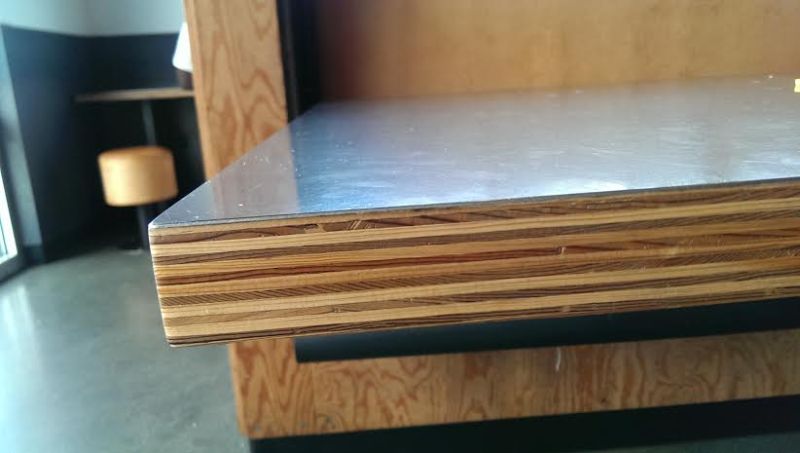Question
I'm going to be installing some flexible crown moulding on an up and coming job. The shop that I'm installing it for bought it from outwater plastics. I have a few inside and outside radi. I have never worked with this product before. I will also have to join the plastic crown to wood crown. Both mouldings will be the same size and have the same profile. I don't know if I should try to miter the plastic crown to the wood crown or just do a butt joint with a biscuit. Also I'm wondering if I should put some blocking behind the flexible trim. Any help would be greatly appreciated.
Forum Responses
(Cabinet and Millwork Installation Forum)
From contributor G:
Everyone does this all the time. It's no big deal. I've installed miles of radius casing and crown and baseboard and never biscuited any of the joints, but I live in S. Ca. where the weather isn't as extreme, if you can call our weather weather.
I've always glued the joints with Titebond II, and apply the flextrim to the wall with polyurethane adhesive, which provides a permanent bond and helps prohibit some movement due to thermal expansion/contraction.
I only install blocking for very large crown moldings, and find that cross nailing and adhesive caulking do a reliable job. Blocking at any joints might cause you problems. Though your profiles are supposed to line up, don't expect anything near perfection. The flexible molding profiles vary even along the length of a single piece. Always add additional time to your bid for feathering, carving, sanding, fitting corners and joints.
Some folks think the stuff is cheap and terrible, but for paint-grade work, it's much less expensive than custom milling, and pretty easy to install, too.
Also, if it's cold, the material needs to be warmed up and spread out to it's approximate finished radius before installing. If not warmed up, it could very likely split when nailed. The stuff I get comes coiled up in a box. On really cold days, it keeps trying to recoil back to the box size. I place it about 5 or 6 ft in front of the heater for about a half hour before installing. I also use const adhesive in addition to brads to secure in place.
Comment from contributor N:
Flexible crown moulding is beginning to look like a self-justified expense. It is almost as bad as paying taxes for using gravity. We learned to cut crown to match radii of walls and it barely bends at all. If it is cut properly, you might fit perfectly without any need for flexing.
